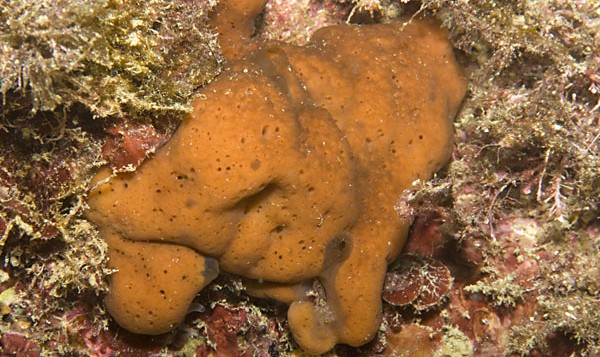Erwin, Patrick M.; Coma, Rafael; López-Sendino, P.; Serrano, Eduard; Ribes, Marta. FEMS Microbiology Ecology : doi: 10.1093/femsec/fiv115 (2015) DIGITAL.CSIC
Marine sponges host bacterial communities with important ecological and economic roles in nature and society, yet these benefits depend largely on the stability of host-symbiont interactions and their susceptibility to changing environmental conditions. Here, we investigated the temporal stability of complex host-microbe symbioses in a temperate, seasonal environment over 3 years, targeting sponges across a range of symbiont density (high and low microbial abundance, HMA and LMA) and host taxonomy (6 orders). Symbiont profiling by terminal restriction fragment length polymorphism analysis of 16S rRNA gene sequences revealed that bacterial communities in all sponges exhibited a high degree of host-specificity, low seasonal dynamics and low inter-annual variability: results that represent an emerging trend in the field of sponge microbiology and contrast sharply with the seasonal dynamics of free-living bacterioplankton. Further, HMA sponges hosted more diverse, even and similar symbiont communities than LMA sponges and these differences in community structure extended to core members of the microbiome. Together, these findings show clear distinctions in symbiont structure between HMA and LMA sponges while resolving notable similarities in their stability over seasonal and inter-annual scales, thus providing insight into the ecological consequences of the HMA-LMA dichotomy and the temporal stability of complex host-microbe symbioses.


